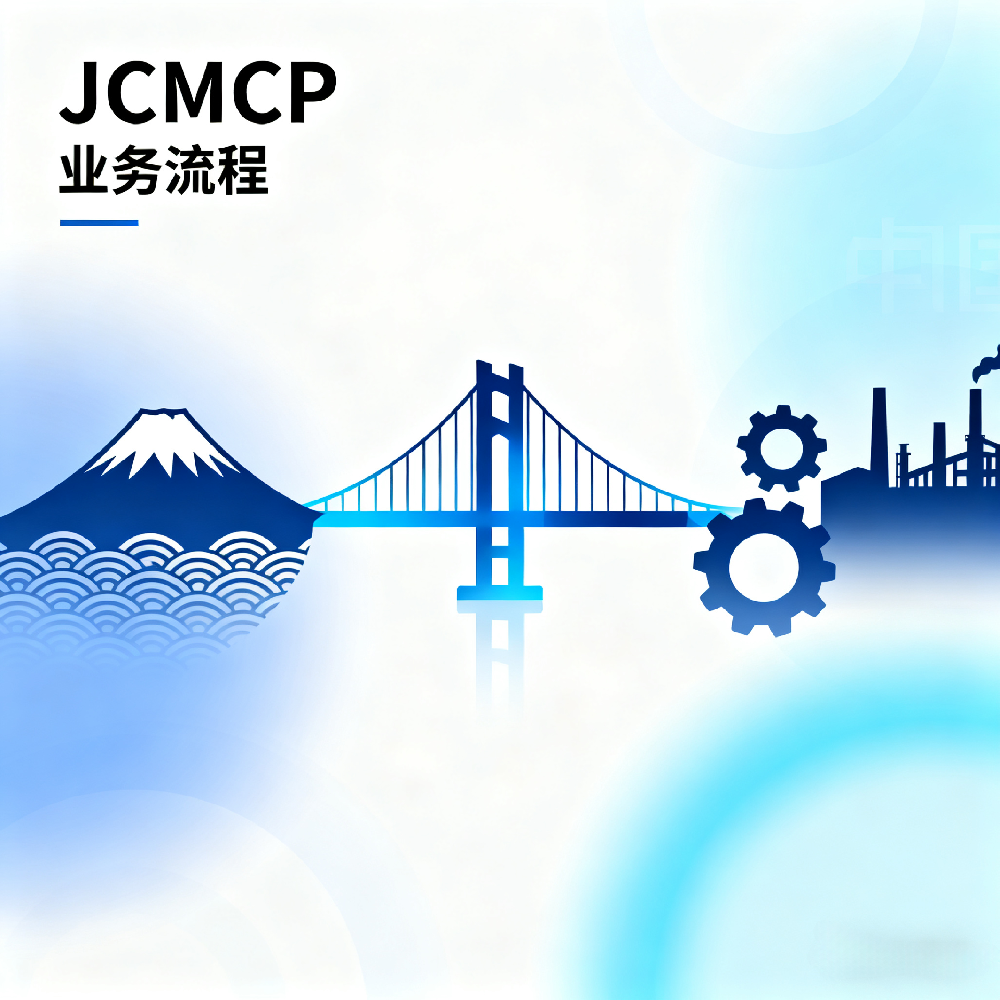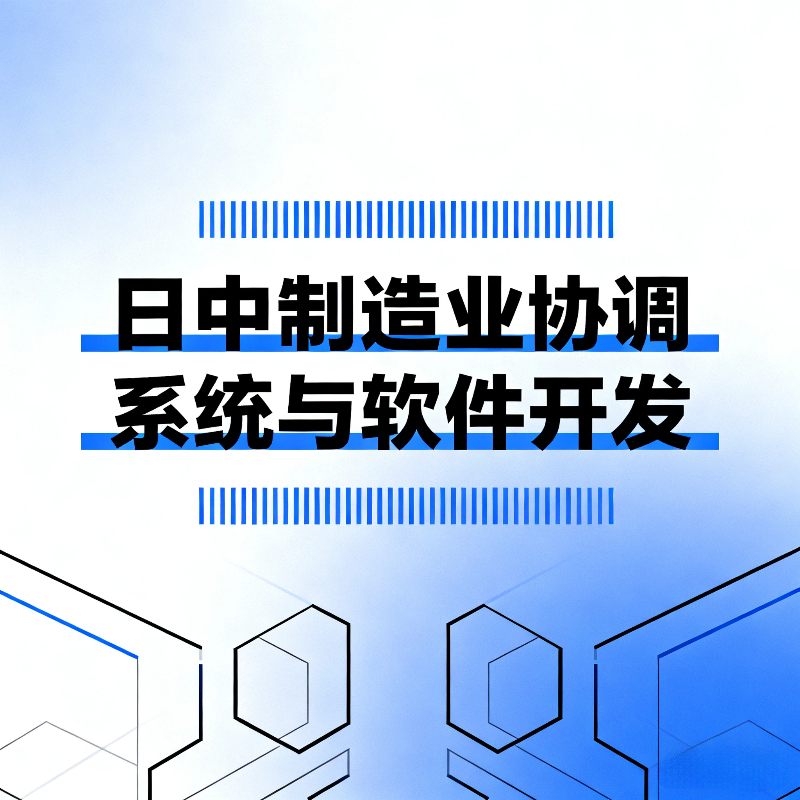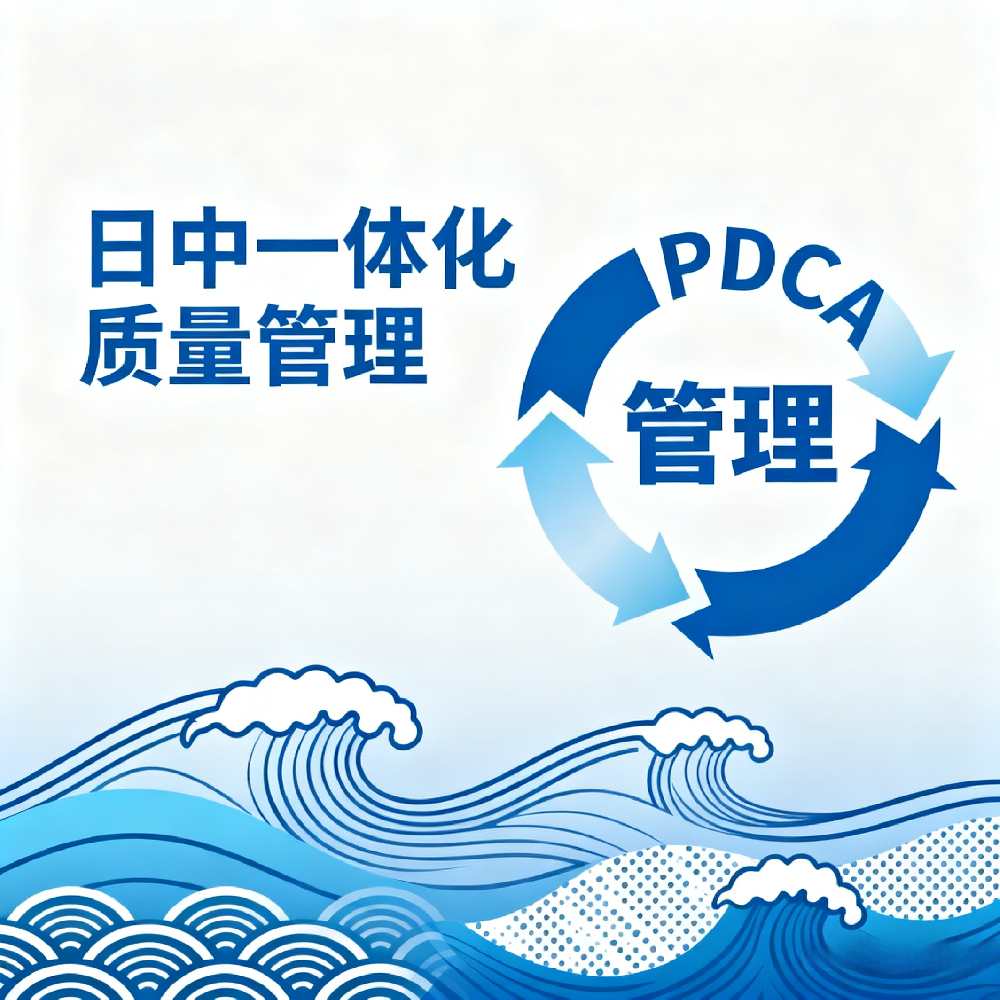Recently, both energy storage and solid-state batteries, two major sub-sectors of the new energy industry, have seen frequent catalysts in policy and industrial developments, raising market expectations once again.
1. Energy Storage
On September 27, CCTV Finance aired a special feature reporting that demand for energy storage cells is booming.

According to CCTV, domestic demand for energy storage cells is currently very strong. Leading battery manufacturers have reported that their factories are running at full capacity, and some orders have already been scheduled into early next year.
Analysts point out that energy storage is one of the fastest-growing segments in the new energy sector, and it has become a key avenue for photovoltaic (PV) companies to establish new growth curves.
Compared with PV power generation, energy storage relies on grid electricity and wind power, enabling power smoothing, peak shaving, and frequency regulation — in simple terms, storing electricity for later use to balance supply and demand — which makes its economic benefits highly significant.
According to August 2025 data, the tendered procurement volume for energy storage systems and EPC projects reached 69.4 GWh, setting a new monthly record, reflecting the sector’s rigid and rapidly growing demand.
With the rise of AI computing power and data centers, higher requirements for electricity supply are emerging. The integration of energy storage with AIDC data centers is expected to become an industrial trend, opening new growth opportunities for advanced energy storage systems.
In addition, since the beginning of this year, policies have removed mandatory storage allocation requirements and proposed establishing a capacity-based electricity market, cooling down the price competition. The new policy document — Notice No.136: “On Deepening the Marketization Reform of New Energy Feed-in Tariffs and Promoting High-Quality Development of New Energy” — is seen as a turning point for profitability in China’s energy storage industry.
Domestically, according to the “Special Action Plan for Large-Scale Development of New-Type Energy Storage” released by the NDRC and the National Energy Administration on September 12, China aims to achieve over 180 GW of installed capacity of new energy storage by 2027, driving an estimated ¥250 billion in new project investments.
Overseas, the energy storage market is also on an upward trajectory. In the coming years, the global compound annual growth rate (CAGR) for energy storage is conservatively estimated at 20%, with optimistic forecasts reaching 30%. Given China’s technological and cost advantages, export orders are surging, and there is still ample room for global market penetration.
2. Solid-State Batteries
Solid-state batteries have long faced a dilemma — it has been difficult to achieve both high energy density and safety at the same time.
However, a recent breakthrough by a research team at Tsinghua University has made significant progress on this issue!

On September 27, Tsinghua University officially announced this scientific achievement, which was also published in the world-renowned journal Nature.
The team, led by Professor Zhang Qiang from Tsinghua’s Department of Chemical Engineering, successfully developed a new fluorinated polyether electrolyte.
This innovation not only enhances the physical contact and ionic conductivity of the solid-state interface but also achieves simultaneous compatibility between high-voltage cathodes and metallic lithium anodes within a single electrolyte.
In simpler terms, this breakthrough makes batteries safer while also boosting their energy density!
Specifically, the energy density of the battery jumped from the common 150–320 Wh/kg range to an impressive 604 Wh/kg — and it passed both puncture and 120°C high-temperature safety tests even at full charge.
Unlike traditional lithium-ion batteries that use liquid electrolytes, solid-state batteries employ solid electrolytes, preventing direct contact between the anode and cathode active materials — effectively acting as a separator.
Solid-state batteries also offer superior safety and energy density, as well as higher power output, excellent low-temperature performance, and longer cycle life.
These characteristics make them particularly suitable for low-altitude aircraft, humanoid robots, and wearable devices, where lightweight and high safety are crucial.
In recent years, leading lithium battery manufacturers — such as CATL and BYD — have been actively developing all-solid-state batteries, with government-led programs investing billions of yuan into R&D.
Encouragingly, solid-state batteries are now transitioning from laboratory research to pilot-scale production and demonstration vehicle integration.
According to industry forecasts, pilot production lines for solid-state batteries are expected to reach a critical deployment stage between late 2025 and early 2026.
By 2027, small-scale mass production and vehicle installation are anticipated, with industry shipments expected to exceed 1 GWh. By 2030, large-scale mass production could surpass 100 GWh. (Source: Soochow Securities)
With these scientific breakthroughs and the accelerating commercialization timeline, solid-state batteries are entering a harvest phase, marking a major milestone for the new energy industry.
News Source:华夏基金ETF君



